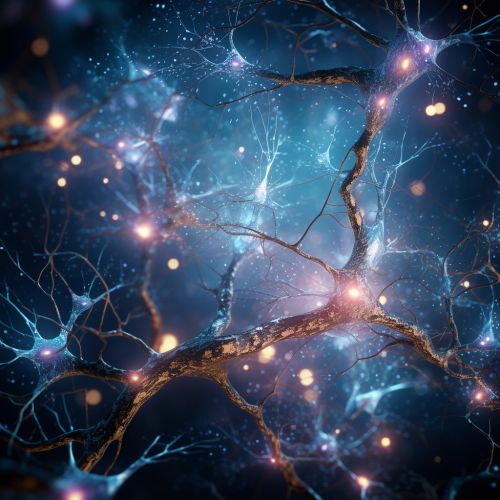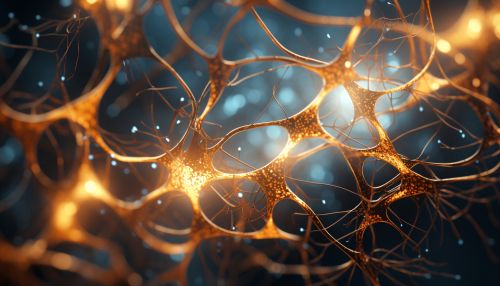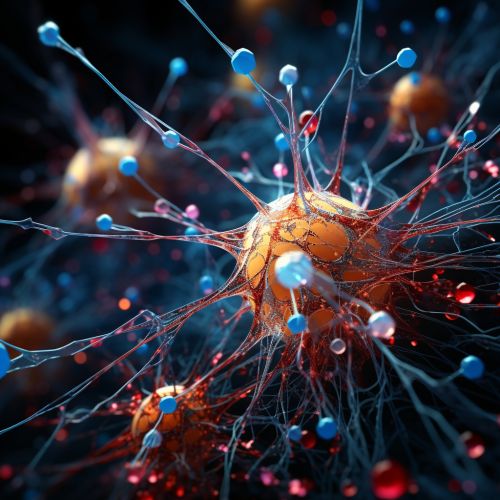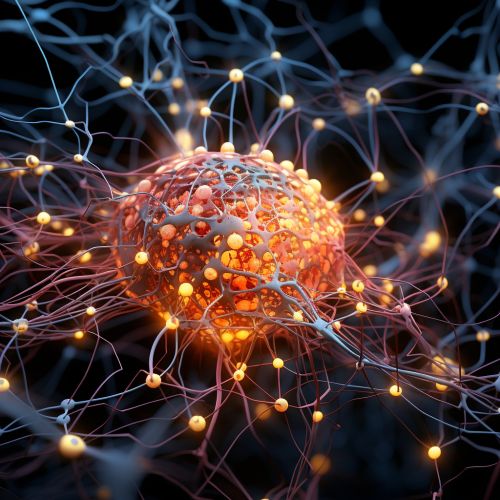The Science of Human Neurotransmission
Introduction
Human neurotransmission, also known as neural communication, is a complex biological process that allows neurons (nerve cells) to pass signals to other neurons, muscles, or gland cells. This intricate process is the foundation of all brain activity, including thought, emotion, and motor control. The science of human neurotransmission involves the study of how these signals are transmitted through the nervous system and how they influence human behavior and function.


Neurotransmitters and their Role in Neurotransmission
Neurotransmitters are endogenous chemicals that play a crucial role in neurotransmission. They transmit signals across a chemical synapse, such as a neuromuscular junction, from one neuron (nerve cell) to another "target" neuron, muscle cell, or gland cell. Neurotransmitters are released from synaptic vesicles in synapses into the synaptic cleft, where they are received by neurotransmitter receptors on the target cells.
There are several different types of neurotransmitters, including acetylcholine, dopamine, norepinephrine, and serotonin, each with its own specific roles and effects on the body. For instance, dopamine is involved in reward and pleasure systems and helps regulate movement and emotional responses.


Neurotransmission Process
The process of neurotransmission begins with the generation of an electrical signal in the neuron, known as an action potential. This action potential travels along the axon of the neuron until it reaches the synapse, where it triggers the release of neurotransmitters stored in vesicles into the synaptic cleft.
The neurotransmitters then bind to specific receptors on the post-synaptic cell, which can be another neuron, a muscle cell, or a gland cell. This binding action can either stimulate or inhibit the post-synaptic cell, depending on the type of neurotransmitter and receptor involved. After the neurotransmitters have transmitted their signal, they are typically taken back up into the pre-synaptic cell, a process known as reuptake.


Impact on Human Behavior and Function
Neurotransmission plays a critical role in virtually all aspects of human behavior and function. It is involved in everything from the physical coordination required to walk, to the process of learning, to the regulation of mood and emotion.
Disruptions in neurotransmission can lead to a variety of mental health disorders, including depression, anxiety disorders, schizophrenia, and Parkinson's disease. These disorders are often treated with medications that target specific neurotransmitters in an effort to restore normal neurotransmission.


Research and Advances in the Field
The field of human neurotransmission is a rapidly evolving area of research, with new advances and discoveries being made on a regular basis. Recent research has focused on the development of new medications and therapies to treat disorders of neurotransmission, as well as on the exploration of the role of neurotransmission in cognitive function, memory, and learning.


